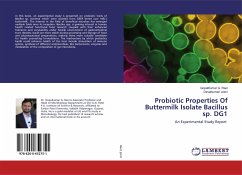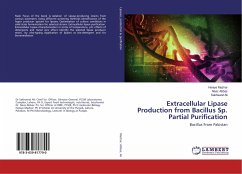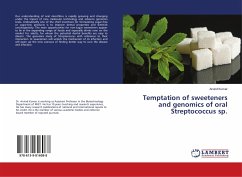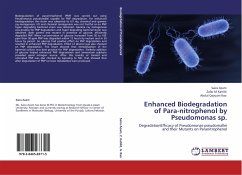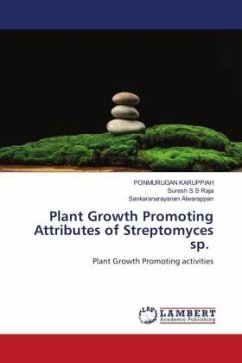This book described the principle of microbial systematics and the polyphasic approach used to identify a novel actinobacterium from the family Nocardioidaceae. Actinobacteria represent a significant component of the microbial population in most soils including the mangrove region. Actinobacteria has been extremely useful to the pharmaceutical industry due to their seemingly unlimited capacity to produce secondary metabolites with diverse biological activities and chemical structures. The novel actinobacterial strain, designated MUSC 201T was isolated from a mangrove soil collected from Kuantan, the capital city of Pahang State in Malaysia. On the basis of phylogenetic, chemotaxonomic and phenotypic differences from members of the genera of the family Nocardioidaceae, a novel genus and species, Mumia flava gen. nov., sp. nov. are proposed. The type strain of Mumia flava is MUSC 201T (=DSM 27763T = NBRC 109973T = MCCC 1A00646T). The authors hope this book could serve as a high quality reference to students, teachers and researchers dealing with microbial systematics.
Bitte wählen Sie Ihr Anliegen aus.
Rechnungen
Retourenschein anfordern
Bestellstatus
Storno




